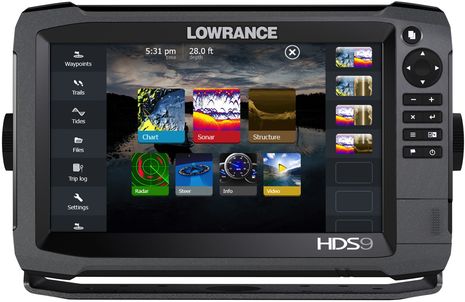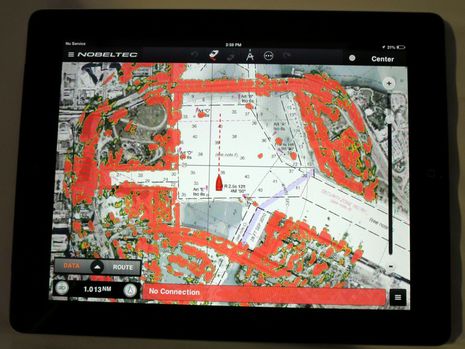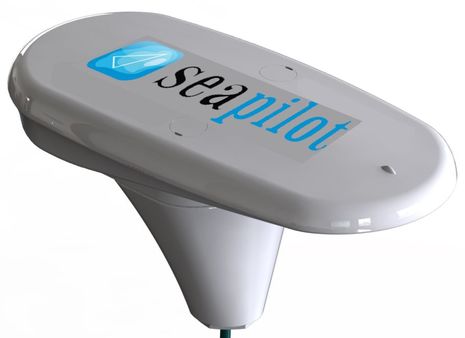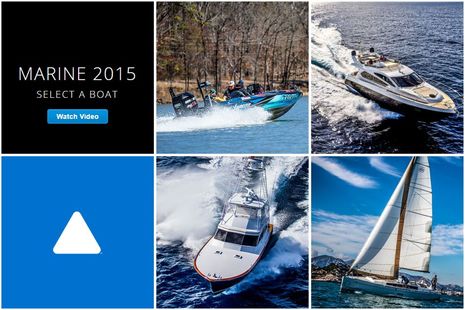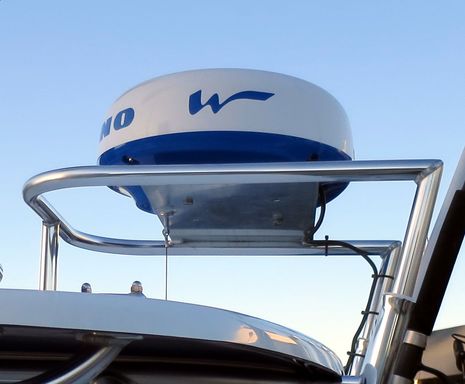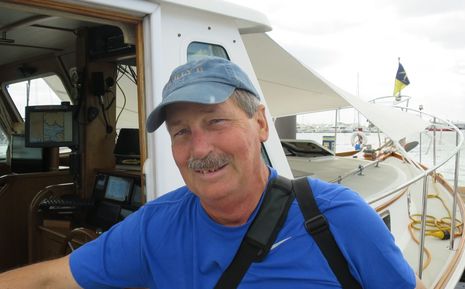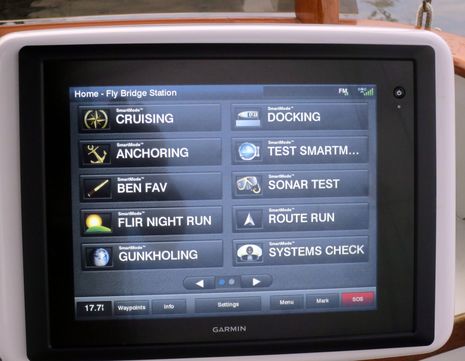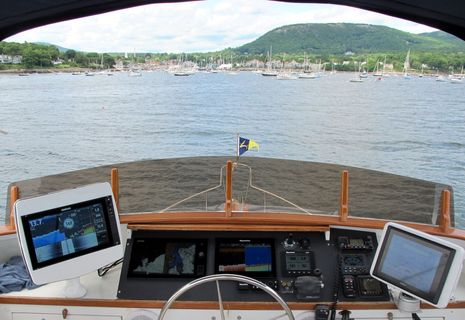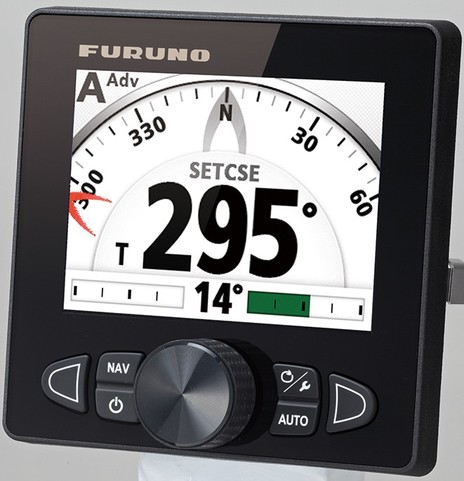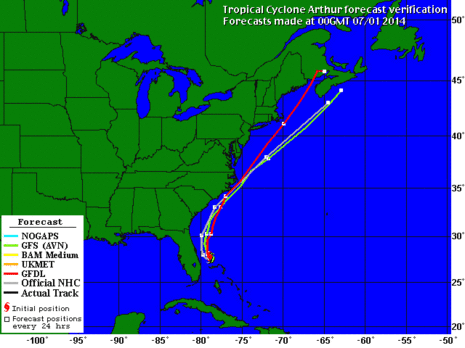Lowrance HDS Gen3, plus Elite CHIRP and SmartSteer two ways
Lowrance put a lot of cards on the table yesterday. Foremost is a new HDS Gen3 series which combines the touch interface of the Gen2 Touch with a keypad similar to regular Gen2 models. Added are multi-touch gestures, built-in WiFi and Bluetooth, dual SD card slots (though micro size), and a CHIRP option in addition to Broadband sonar. And it all fits into about the same dimensions as the original Gen2 Touch 7-, 9- and 12-models with about the same original retail prices. I don’t yet buy the press release, “next revolutionary step forward,” but “state of the art” sure seems appropriate…



